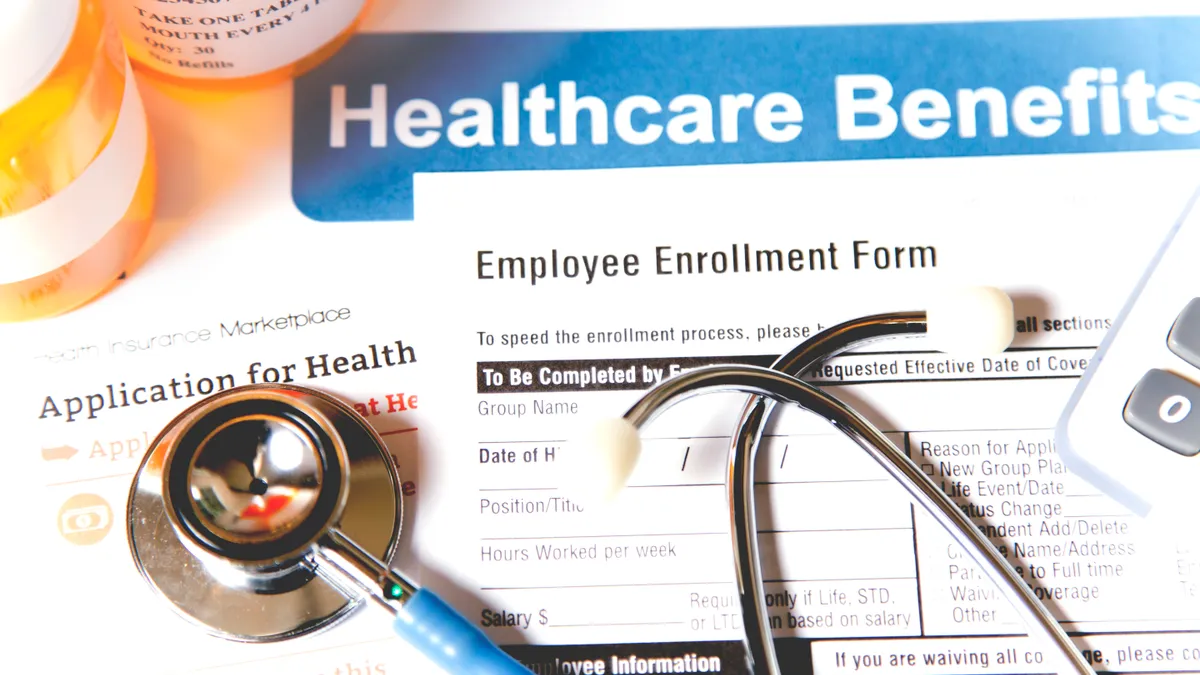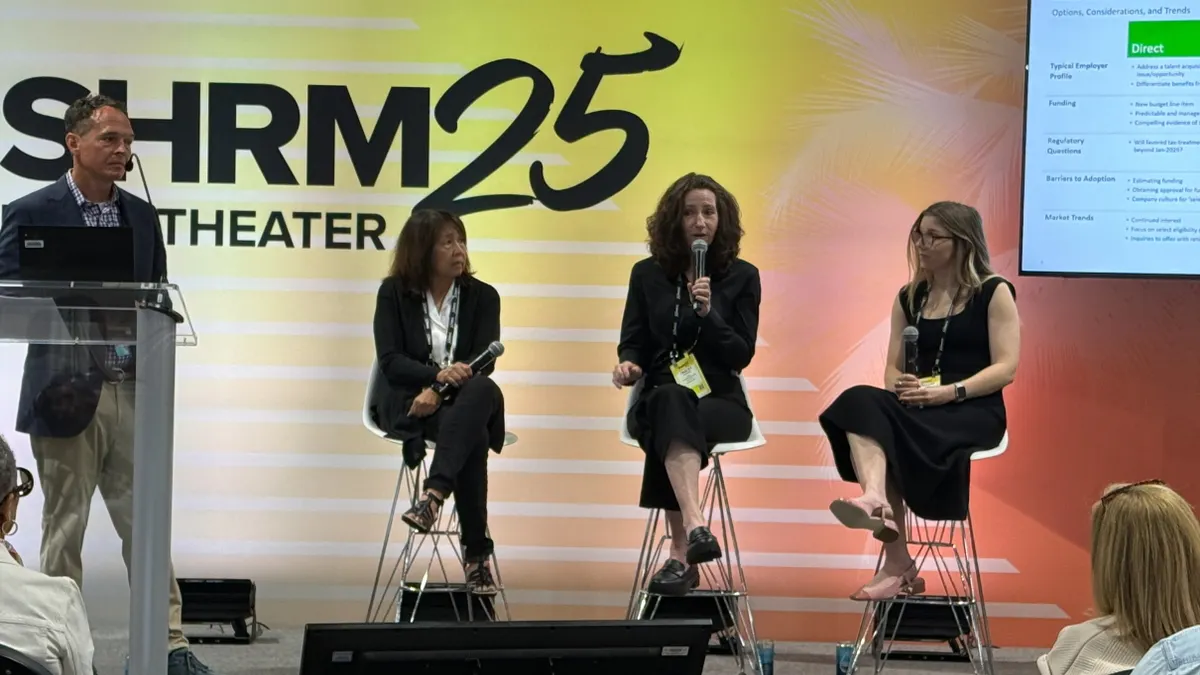The new year won’t bring significant changes to 401k plans, experts say, which means it’s the perfect time for employers to boost their financial education efforts.
Employees who are stressed about finances have lower productivity. And, when workers don't retire because they can't afford to, employers are faced with a talent logjam that creates high healthcare costs and a brain drain when those workers leave. These phenomenons have, in recent years, led employers to take various actions, from offering flexible retirement to pouring money into workers' 401ks.
While a lack of education may not be the reason that today's older workers can't retire, financial education can go a long way in helping your workforce make the most of the benefits you're offering.
But before we get to your main focus for next year, let's go over what is changing — both in requirements and in trends.
2018 changes
The primary change to the employee retirement savings plans — including the 401(k), 403(b), most 457 plans and the Thrift Savings Plan — is a $500 increase in the contribution limit per year, from $18,000 to $18,500.
Although $500 may not be an overwhelming amount, employees would be well-advised not to overlook the benefits of the increase, says Rob Austin, Director of Research for Alight Solutions, a cloud-based HR services provider.
“Five hundred dollars is probably not going to make or break someone’s retirement, but it could be put in [a 401k] on a pre-tax basis, so it’s worth more than $500, and could turn into thousands of dollars as it compounds over time,” he told HR Dive.
Other changes include an update to a related tax credit and the availability of emergency withdrawals for the victims of recent hurricanes.
Trends and opportunities
Even though the 2018 changes are relatively minor, employers should review their current plans and consider what's new in emerging services.
Additional Customer Services. Employers can look at additional services plan providers offer. For years, employers have focused on identifying plans that had lower fees, said Nicholas J. White, Director at Trucker-Huss, an employee benefits law firm. Now, with many plans offering rock bottom fees, there’s a focus shift, White said.
“The law hasn’t changed, but the focus is on services,” he said. These include things like call centers, robo-advisers and other technology that makes it easier for participants to get information.
Auto enrollment. In the last 25 years, more companies have adopted auto-enrollment policies, Austin said. Traditionally, employees had to opt in to plans and complete paperwork specifying how much they wanted deducted and where they wanted it invested. With automatic enrollment, the employee doesn’t have to do anything and a certain amount of money is put into age-appropriate funds, Austin said.
“We thought it was about 50-55% of employers doing this, and now, it’s 68%, so it’s jumped about 10 to 12 percentage points in the last few years,” he added.
Auto enrollment dramatically increases plan participation. When employees in their twenties are automatically enrolled, 84% participate, he said; when the same age group must join on their own, 47% enroll.
Auto Escalation. Just as auto enrollment gets more employees to save, auto-escalation plans make it easier for employees to save more. Companies are offering this as an opt-out option, with automatically increasing contributions each year until a cap is reached, Austin explained.
Financial Education
Because you're implementing few changes this year, it's a good time to address workers' financial wellness.
Thanks to technology, millennials are participating in plans more than their predecessors, White said. With mobile apps, millennials can get quick investment advice directly. But millennials still appreciate in-person financial education, he said. A recent report backs this up: More than 40% of millennials surveyed said they need help managing their finances for retirement.
That may also be because of the mixed messages millennials hear about saving, said Chris Whitlow, CEO of Edukate, an online, workplace financial-wellness platform. Employees are encouraged to participate in savings plans, particularly when the company provides matching funds. But that may leave younger employees without money they need for current expenses, like repayment of school loans.
"Studies show 60% of folks can’t cover a $500 emergency expense," Whitlow says. "If that’s the case, you shouldn’t be taking out hardship loans to fix your car." Instead, they need to find a way to put away enough money in emergency and personal savings to cover these things.
That’s where support from service providers can help — for all employees.
“We see service providers making themselves more available for on-site education,” White said. He added that this trend is increasing, as employees want the chance to ask the speaker questions and have one-on-one sessions to discuss individual concerns.
HR benefits specialists can also take a lead in helping employees, says Whitlow. “Go look at employees who are only invested in one single investment and make sure they are looking at all of their options.” For employees that selected a default option for contributions, have them review their investment options to ensure they align with the risk tolerance, he says.
It's important for HR to understand 2018's changes and trends in 401ks, but its just as important to ensure that your workforce understands what you're offering and how best to use it to meet their current and future needs.



















